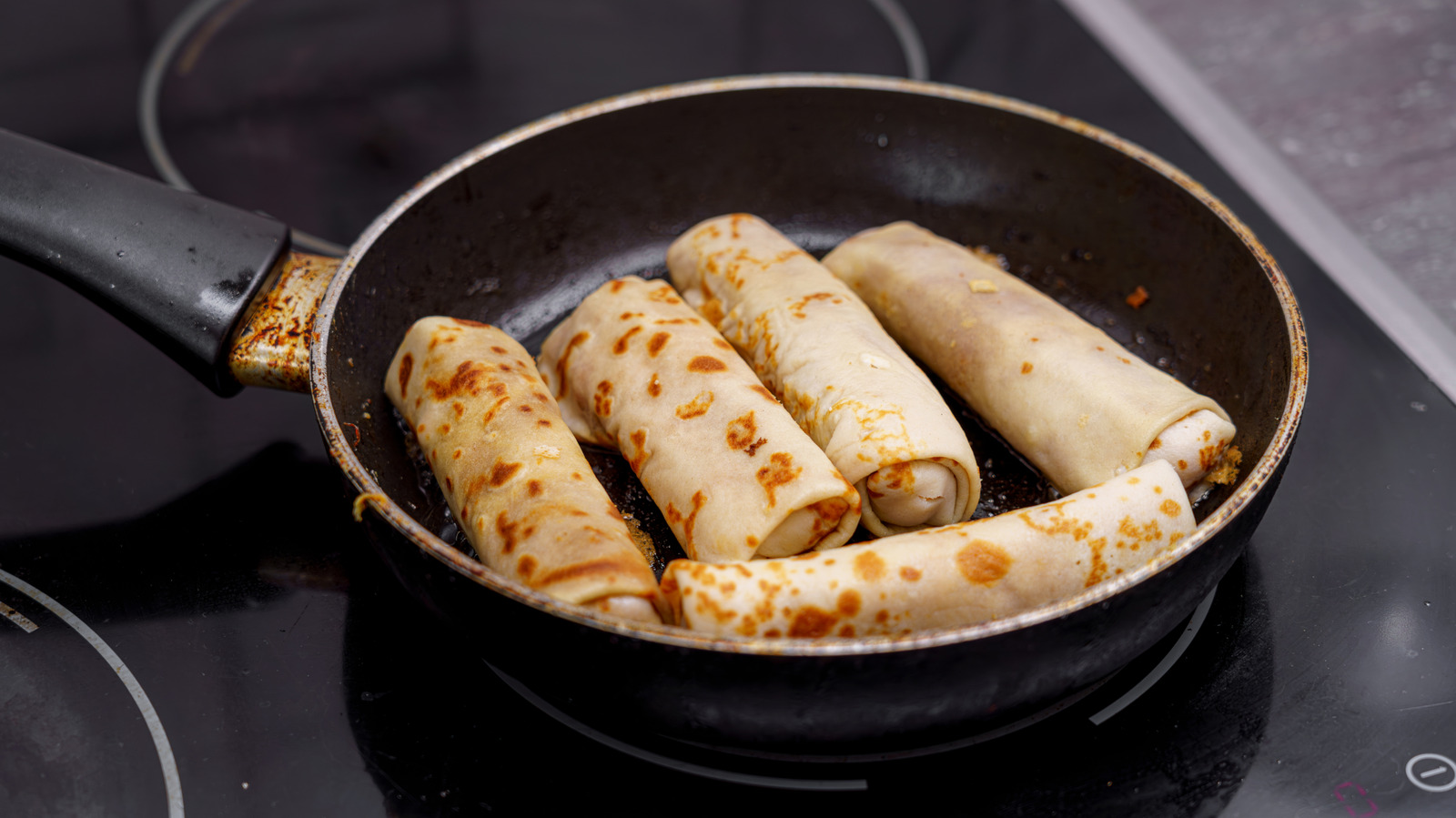
"Julia Child rocked the culinary world with the publication of "Mastering the Art of French Cooking" in 1961. Two years later, on her seminal television show "The French Chef," Child taught the public how to easily make the French-style pancake known as crepes using a key ingredient. At the time, crepes Suzette was the most well-known crepe recipe to Americans, but Child chose to make savory crepes. Suddenly, in the 1960s, crepes were considered an elegant alternative"
"but Paulette was encouraged by friends who loved her palacsintas - the Hungarian equivalent of crepes. The restaurant was small, and with people queuing out the door, the Fanos would have to churn out crepes very quickly. To meet the demand, Lazlo hammered out a large iron wheel affixed with eight crepe pans that rotated over an open flame - cooking eight perfect crepes in a matter of minutes."
"The company went on to open more than 100 The Magic Pan locations in malls across the U.S. - capitalizing on the country's booming mall culture and crepe craze. As more malls were built in the 1970s, it was likely that you would find The Magic Pan as a place to dine after shopping."
Julia Child introduced Americans to making French-style crepes on television in the early 1960s, promoting savory crepes alongside crepes Suzette. Hungarian immigrants Laszlo and Paulette Fano opened The Magic Pan in San Francisco in 1966, serving Paulette's palacsinta and rapidly producing crepes using Laszlo's rotating eight-pan iron wheel invention. The Fanos expanded, sold the business to Quaker Oats in 1969, and the chain grew to over 100 mall locations across the U.S. The Magic Pan became a mall staple in the 1970s, offering theatrical crepe cooking, European ambiance, and mainstreaming crepes in American food culture.
Read at Tasting Table
Unable to calculate read time
Collection
[
|
...
]